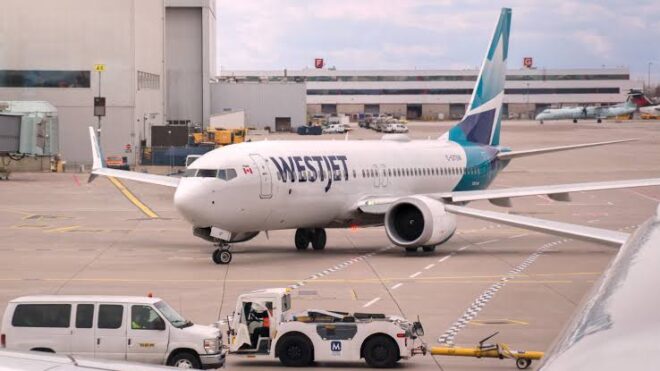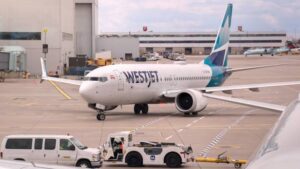
In a significant shakeup within the aviation industry, WestJet and Virgin Atlantic have announced the termination of their longstanding partnership. The two airlines, which had enjoyed a fruitful collaboration for several years, are parting ways due to an unresolved disagreement over strategic alignment and operational differences. This unexpected development has raised concerns among travelers who relied on the seamless connectivity between the carriers, especially for transatlantic travel.
The end of the partnership signals a shift in strategy for both WestJet, one of Canada’s major airlines, and Virgin Atlantic, a key player in the UK market. While the details of the disagreement remain largely undisclosed, industry insiders have speculated that the split was prompted by diverging views on growth, service offerings, and the integration of new technologies. The termination of this collaboration is expected to have a significant impact on both airlines, their customers, and the broader market landscape.
The Rise and Fall of a Key Partnership
The WestJet-Virgin Atlantic partnership was first established to provide customers with increased travel options between North America and Europe. It was designed to allow both airlines to benefit from their complementary networks, with Virgin Atlantic offering a robust presence in the UK and Europe, while WestJet provided extensive coverage in Canada and the United States. The agreement facilitated smoother connections, joint loyalty programs, and streamlined travel experiences for passengers.
Customers appreciated the convenience of booking interline tickets through either airline, allowing for hassle-free transfers, coordinated flight schedules, and shared airport lounges. For frequent flyers, the collaboration offered enhanced opportunities to earn and redeem miles, making it a win-win arrangement for both airlines and their passengers.
However, beneath the surface of this successful arrangement, tensions had been brewing. Both airlines had their own distinct visions for the future, and over time, these differences became too difficult to reconcile. Sources suggest that issues related to network alignment, cost-sharing agreements, and service integration were at the core of the dispute. As the global aviation landscape continued to evolve, the two companies found themselves at odds over key operational decisions, leading to a breakdown in their partnership.

What Led to the Dispute?
The exact cause of the disagreement between WestJet and Virgin Atlantic has not been officially disclosed, but there are several factors that may have contributed to the split. According to industry analysts, the most likely points of contention include differing priorities regarding route expansions, conflicting views on customer service standards, and the management of shared resources, such as aircraft and airport facilities.
One of the primary factors appears to be the airlines’ divergent strategies in the post-pandemic era. WestJet has been increasingly focused on expanding its domestic and North American operations, with a particular emphasis on low-cost routes. In contrast, Virgin Atlantic has been pursuing a more premium-focused strategy, targeting long-haul international flights, particularly across the Atlantic. These differences in focus likely created tension when it came to deciding which routes to prioritize and how to manage costs associated with joint operations.
Aviation consultant Mark Richardson explained: “Both WestJet and Virgin Atlantic have been dealing with the challenges of the post-COVID recovery in different ways. WestJet has been trying to capture more budget-conscious travelers, while Virgin Atlantic has been working to rebuild its premium offerings. When two partners have such divergent goals, it’s only a matter of time before their collaboration becomes strained.”
Another potential point of conflict may have been the integration of technology and customer service initiatives. Virgin Atlantic has been a leader in adopting new technologies to improve the passenger experience, including enhanced in-flight entertainment, Wi-Fi services, and streamlined digital check-in processes. Meanwhile, WestJet has been more conservative in adopting new technologies, focusing instead on cost-efficiency. This difference in approach could have caused friction when it came to jointly managing shared services and investing in passenger experience upgrades.
Additionally, there may have been financial disagreements related to cost-sharing and revenue splits. Airlines often partner with each other to share costs on joint routes and marketing efforts, but disagreements over how to fairly divide those costs and profits can lead to conflict.